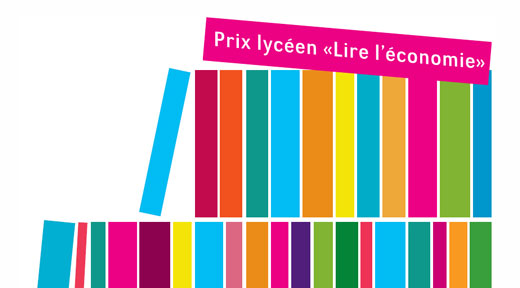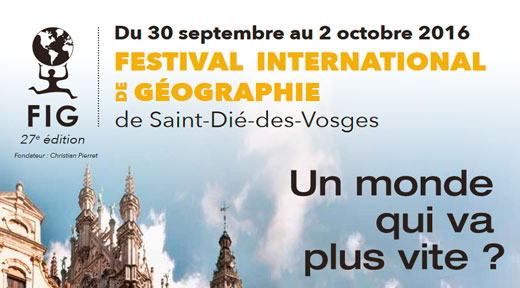Can I pay for my bread in shells? Why do we say “richer than Croesus”? What is the real value of money?
Bordeaux University’s Museum of Ethnography reveals some of the mysteries of money in a series of five exhibitions entitled: “Did you say money?”; “From the drachma to the euro”; “First Barter, Double Illusion”; “It’s not that simple”; “What do you count on doing?”
The exhibitions take a look at money across different ages (from Ancient Greece to the modern day), and regions (the West, Oceania, China, etc.), and from the perspective of different disciplines (history, anthropology, economics, ethnology). What emerges from this exploration is the basic continuity of the concept of money, but at the same time the wide variety of different forms of money, currencies and instruments of exchange.
The museum offers guided tours and workshops, as well as game books for children, to help visitors discover some of hidden treasures of the exhibitions. The press pack outlines the 3 different educational visits on offer for infant and primary schools, secondary schools and sixth forms.
For more details, visit the website of the Bordeaux University Museum of Ethnography
To learn more about the origins of money and the different forms it has taken, you can access the following resources on the Cité de l’Economie website:
- the book 4,000 ans de moyens d’échanges (“4,000 years of means of exchange”, in French only);
- articles on “Cowry shells” and “The stone wheels of Yap”;
- an interactive timeline tracing "10,000 years of economy".
Published on 17 February 2014. Updated on 12 September 2019


